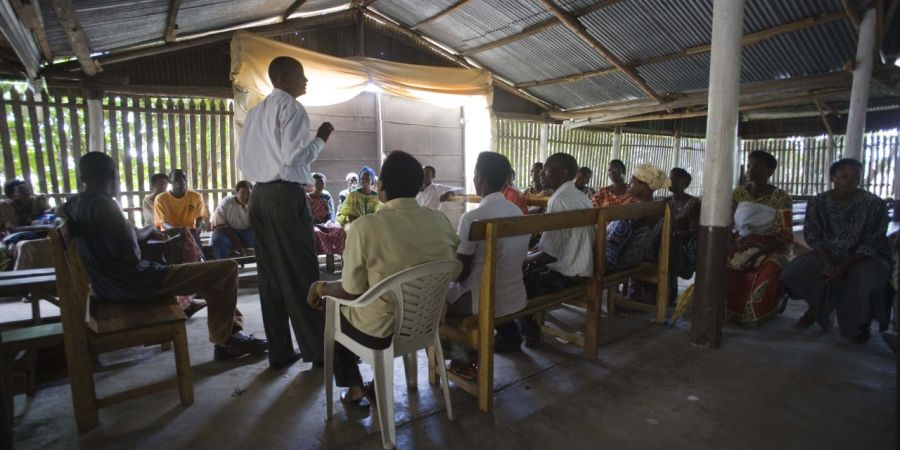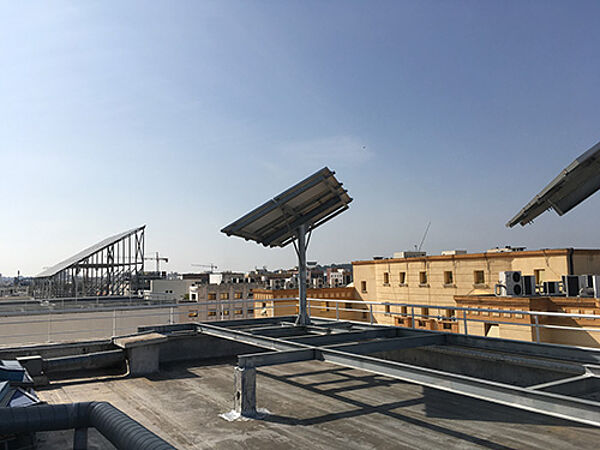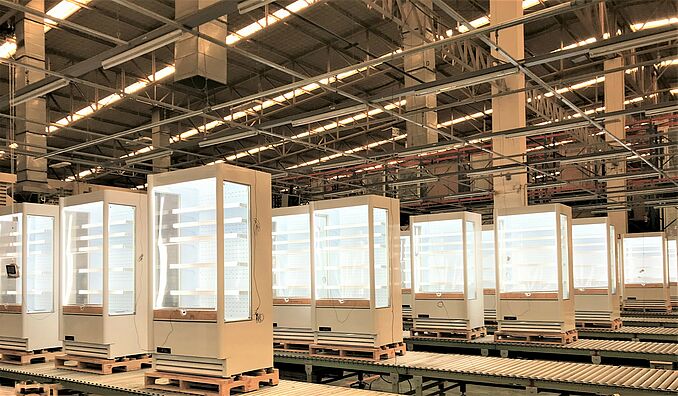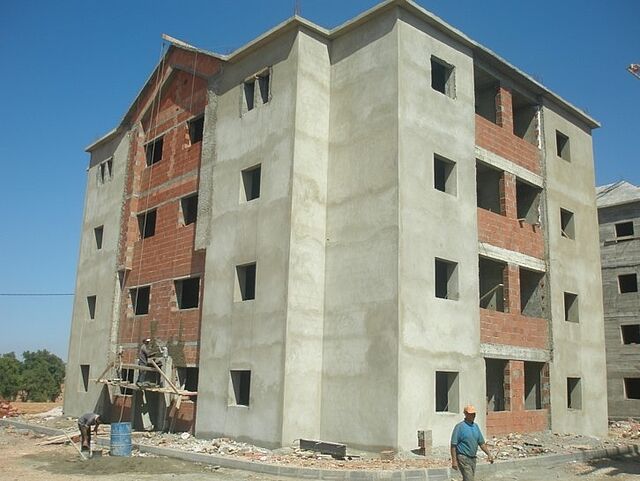
Background: The cost of capital in Uganda remains the main barrier for investments into energy efficiency technologies. At the Prime Lending Rate of around 25 per cent, there was little interest in investigating and considering investment opportunities, especially in a public sub-sector such as education. Therefore, a Revolving Loan Fund was planned to be established to provide financing of investment into Improved Institutional Cook Stoves (IICS). Two different models were considered at the time: provision of capital through the Mitigation Action Facility to a revolving loan fund, which would then give out loans at no/low interest rates to schools or the creation of green funding lines with local/national banks, where the Mitigation Action Facility would cover interest charged by the banks.
Approach to Transformational Change: This project, “Uganda Revolving Loan Fund for the Uptake of Improved Institutional Cookstoves (IICS) in Schools” aimed at helping transform the school sector by replacing inefficient cooking facilities with Institutional Improved Cook Stoves (IICS). As part of integrated sustainable energy solutions for schools in Uganda, the mitigation action identified a huge potential for greenhouse gas (GHG) emission reductions through the introduction of Institutional Improved Cook Stoves (IICS). Under this project, IICS was to be introduced in 15,750 schools, or 75 per cent of all Ugandan schools.
75 per cent of the schools were be financed through support of the Mitigation Action Facility, for the remaining schools the Government of Uganda will provide funding. Potential co-benefits of the project could include the reduction in forest degradation, increased health benefits and improved economic conditions of schools (through the reduced need to purchase firewood).
The initial contribution of EUR 14.85 million (excluding 1% M&E fee) by the Mitigation Action Facility, along with a EUR 1.5 million contribution from the Government of Uganda, were to be leveraged to create a Revolving Loan Facility (RLF) and line of credit for CERs from IICS CDM projects as well as for technical assistance activities. The RLF would have led to a total of EUR 28 million being disbursed to schools and EUR 4 million to manufacturers over the project’s duration of 5 years.
An additional EUR 6.14 million from the private sector was to be leveraged to support the installation of stoves through CDM projects, with the implementation organisation and project partner (UNDP and Government of Uganda) acting as a carbon off-taker over the project period.
Mitigation potential: The project targeted annual emission reductions of 760,000 t CO2 per annum by year 5. At the end of year 10, emission reductions were projected to have reached 1,878,000 t CO2 per year.






